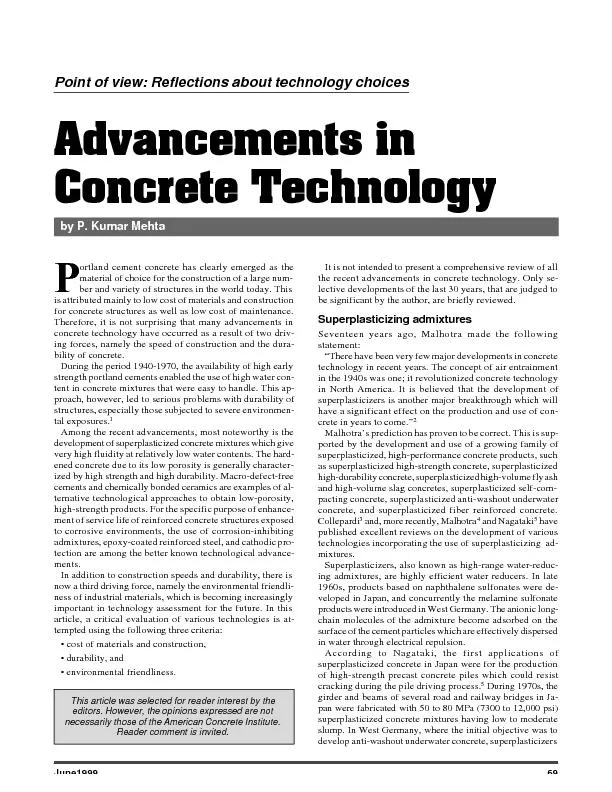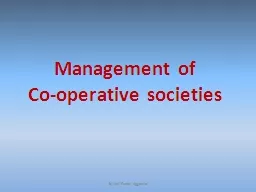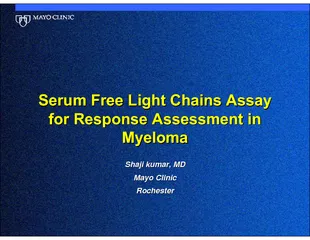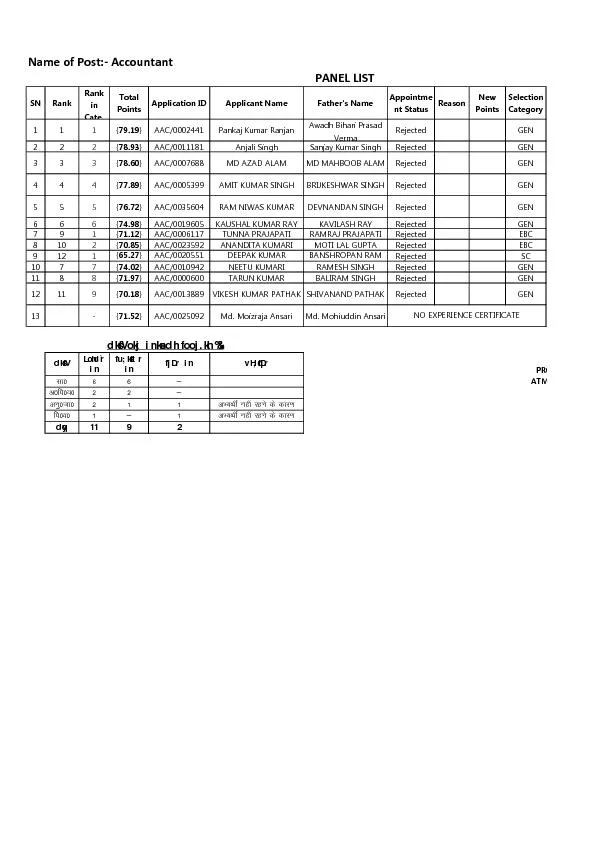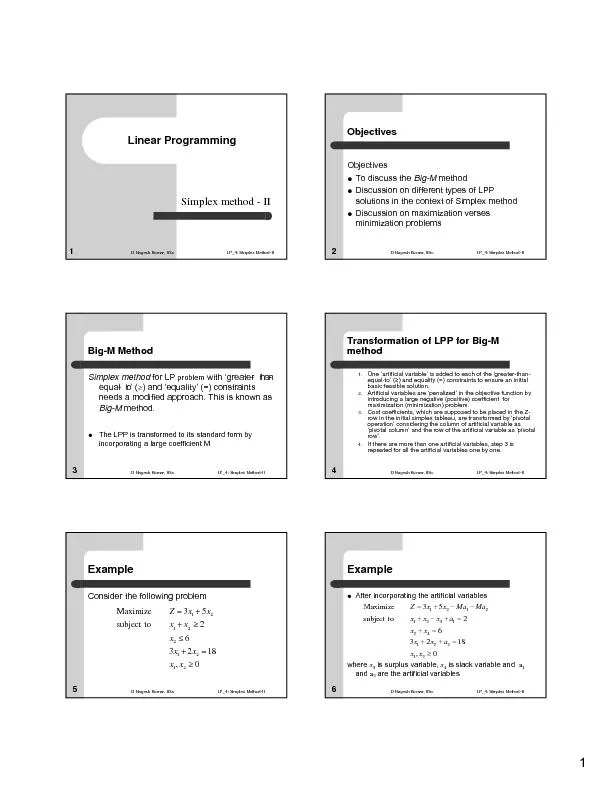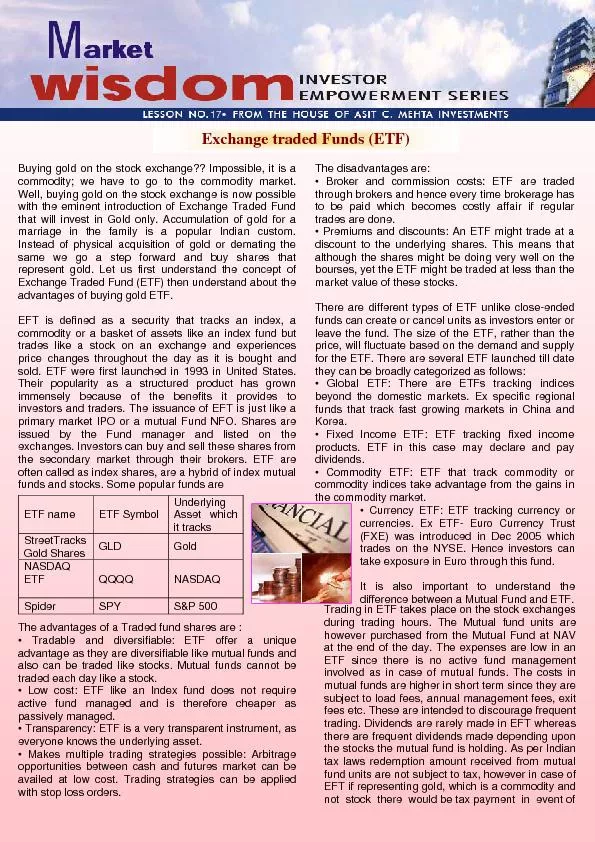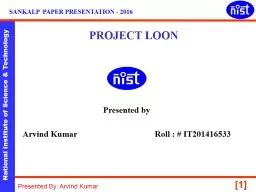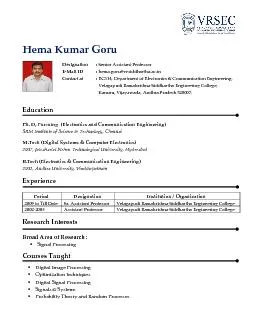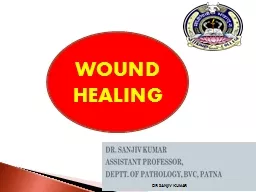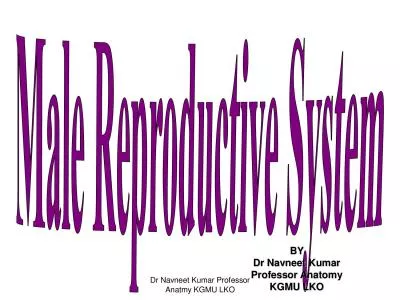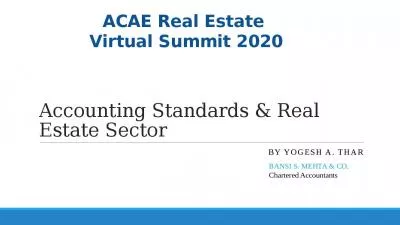PDF-by P. Kumar Mehta
Author : olivia-moreira | Published Date : 2016-05-08
June1999 69 Point of view Reflections about technology choices Portland cement concrete has clearly emerged as thematerial of choice for the construction of a large
Presentation Embed Code
Download Presentation
Download Presentation The PPT/PDF document "by P. Kumar Mehta" is the property of its rightful owner. Permission is granted to download and print the materials on this website for personal, non-commercial use only, and to display it on your personal computer provided you do not modify the materials and that you retain all copyright notices contained in the materials. By downloading content from our website, you accept the terms of this agreement.
by P. Kumar Mehta: Transcript
Download Rules Of Document
"by P. Kumar Mehta"The content belongs to its owner. You may download and print it for personal use, without modification, and keep all copyright notices. By downloading, you agree to these terms.
Related Documents

